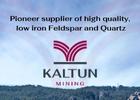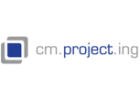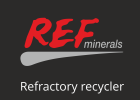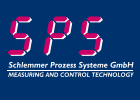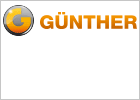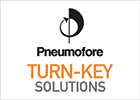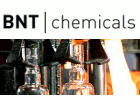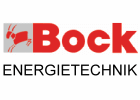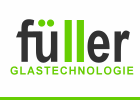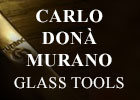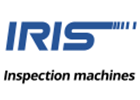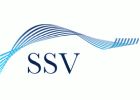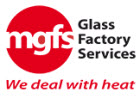INFO
联系方式
| 地址 | VCA s.a. Vision Control Application 90 Dreve Du Tumulus 1495 Villers-La-Ville |
| 国家 | 比利时 |
| 电子邮箱 | Get in contact with VCA s.a. Vision Control Application |
产品/机械
QUALIADDON checks mirror base position relatively to the screen. It is possible to define references using ink dots or specific edges from black print.
A front light can also check mirror base orientation.
A utility software offers the possibility to learn new models and positioning tolerances.
QUALICLEAN Before further processing, flat glass has to be inspected in order to insure zero default in terms of foreign particule, ink-mark, scratches, dirt, bubble, etc. One typical example is the detection of ink marks before glass cutting. The system is particularly suited to glass that have variable dimensions and contrasts, but also glass with low light transmission. Area camera technology allows a wide range of usability and configurations adapted to industrial conditions. This proven technology offers the possibility to create areas of interest from the cut contour file in order to limit the detection to the useful area. The system also provides the following information: position and number of default spots, glass angle and broken glass detection
QUALICURVATURE: 3D glass profile in order to verify windshields dimensions using different cross sections ( accuracy : 0.1 mm ). This non-contact technique is fast and can detect any variation of curvature production. This is suitable for both laboratory or production inspection
QUALIEDGE detects grinding defaults ( bad burn, miss grinding, profile, shell ) Resolution 0.1 mm , side faces. This solution also applies to printed glass.
It is also possible to control the measuring head position in order to maintain a constant distance between glass and sensor.
QUALILOGO: Logo inspection - marking quality. In practice, two prints are never identical in terms of surface orientation and position. It is therefore necessary to analyse each element separately to ensure its readability while minimizing the rejection of correct markings. In addition, the camera also checks absence of spots outside markings
QUALIWIRE: Inspection of heating wires continuity and thickness. This tool can be installed either in production lines or laboratory to perform a sample control of the heating wires. This technique offers the possibility to reduce wire width and detect default before final inspection, and by the way, eliminate the sources of error more efficiency. These two elements ensure a substantial saving of active product. A resolution of 0.005 mm is reached using a camera gantry and a high speed area sensor by following the heating network contour.
QUALIVIAL multi- area cameras vision system performs inspection from different angles. Detection of cosmetic defects (spots, scratches, burn, air line, chipped, glass wire) on vial and ampoule. Area technology provides easier viewing of bottles, which can more easily identify geometric characteristics of each type of defect. In addition, the defects are "photographed" several times during the rotation of the bottle, which increases the possibility of detection depending on the viewing angle. Morphological analysis tools offer classification of defects and generate a Pareto during production.

